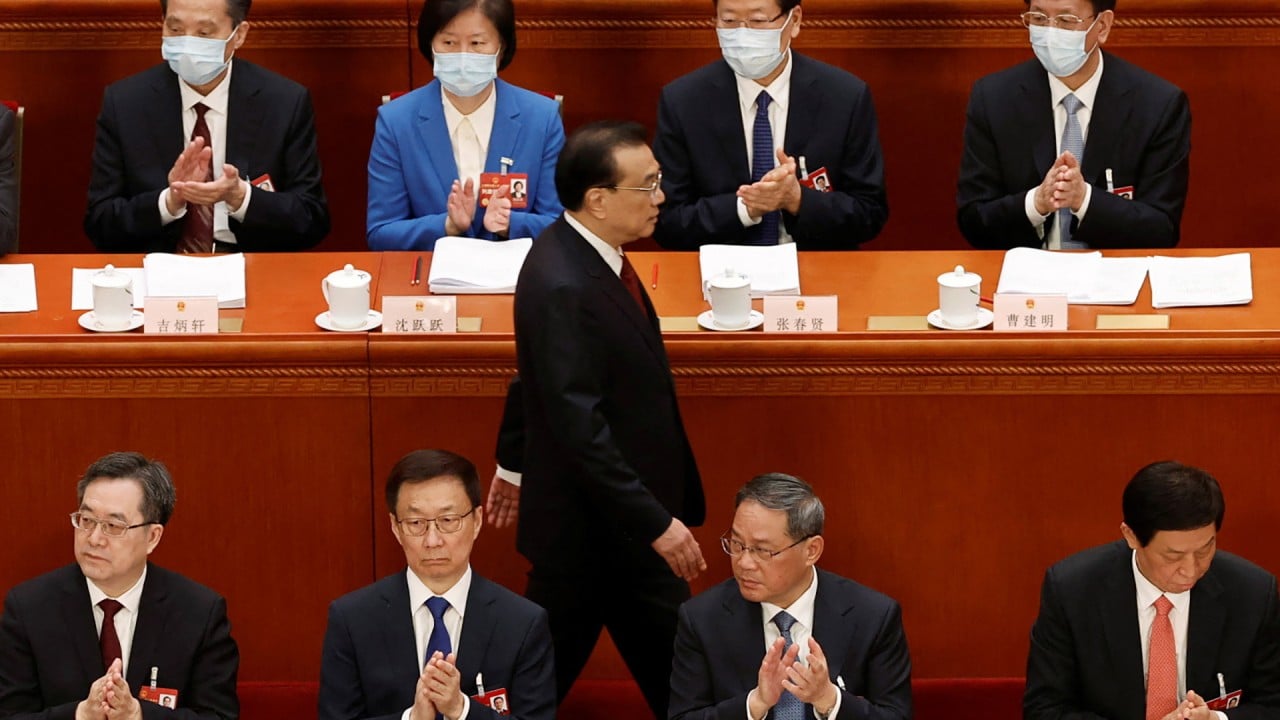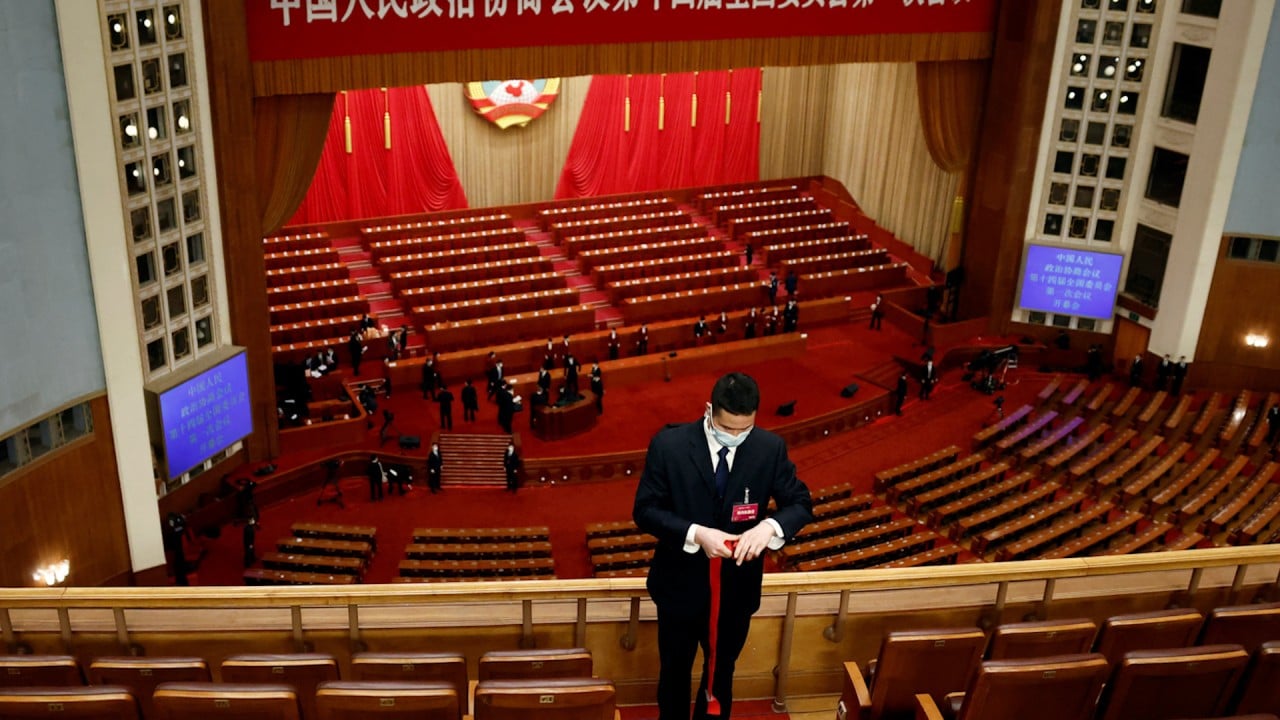
‘Two sessions’: coal at core of China’s power infrastructure even as Beijing pushes clean energy use, government work report shows
- China is determined to ensure its energy security following power shortages seen last year while also delivering on its climate commitments
- China must ‘continue to fight the battle to protect our blue skies, clear water and pure land’, Li Keqiang says
The research and development of clean and efficient use of coal will be one of the Chinese government’s key tasks for 2023, according to the government work report presented by Chinese Premier Li Keqiang at the beginning of the National People’s Congress’s (NPC) annual meeting on Sunday.
As of the end of last year, China had 1,050 gigawatts (GW) of ultra-low emission coal-fired capacity, according to the work report. Renewable energy installation also increased to more than 1,200GW, almost doubling the 650GW reported five years ago. Moreover, clean energy rose to comprise more than 25 per cent of China’s total energy consumption by last year from 20.8 per cent in 2017.
In the coming year, China will accelerate the construction of a new energy system focused on clean energy and work on other key tasks in support of its national climate goals, according to the work report.
“We must improve policies to support green development, develop a circular economy, promote resource conservation and efficient utilisation, push energy conservation and carbon reduction in key areas, and continue to fight the battle to protect our blue skies, clear water and pure land,” Li said.
The emphasis on the development of coal by the central government came as Russia’s invasion of Ukraine entered its second year in a huge blow to global markets. Moreover, China, the world’s second-largest economy, is determined to ensure its energy security following power shortages seen last year while also delivering on its climate commitments.
Half of China’s GDP at risk of climate-related disaster by 2050: research
The country, which is the world’s largest emitter of greenhouse gases, relies heavily on coal and generated 56.2 per cent of its electricity using the fossil fuel last year, according to the National Bureau of Statistics. Chinese President Xi Jinping has announced that China will “phase down” coal from 2026 to reach net-zero carbon emissions by 2060. At this point, 80 per cent of China’s total energy mix will come from non-fossil-fuel sources.
The power infrastructure’s shortcomings were made more apparent by power shortages in central Sichuan province last year and in over half of China’s provinces in 2021. This has made Beijing even more reliant on coal for its energy security.
“If China is going to meet its climate commitments, as we expect, these new coal power plants are going to end up as short-lived and under-utilised malinvestments,” said Lauri Myllyvirta, lead analyst at CREA.
Despite the mention of coal, this year’s parliamentary meetings, known as the “two sessions”, also saw carbon neutrality and environmental sustainability gain the attention of delegates from all sectors of society.
Can carbon capture and storage technologies fight climate change?
He also suggested that China accelerate the research and application of carbon capture, utilisation and storage (CCUS) technologies and include CCUS projects in the CCER scheme.
Li Shufu, another CPPCC member and founder of Chinese carmaker Zhejiang Geely Holding Group, also suggested that the country introduce policies for improving carbon emissions management among enterprises.
The CCER scheme, which allows polluters to trade carbon credits earned from emission-reduction activity, is considered an important supplementary mechanism to China’s national Emissions Trading Scheme (ETS), the world’s largest carbon market. The scheme was suspended in 2017 due to low trading volume and lack of standardisation in carbon audits. But it is expected to be relaunched soon after the China Beijing Green Exchange, which oversees the scheme, announced last month that it had finished the last steps of development and was ready for inspection before operations resumed.




